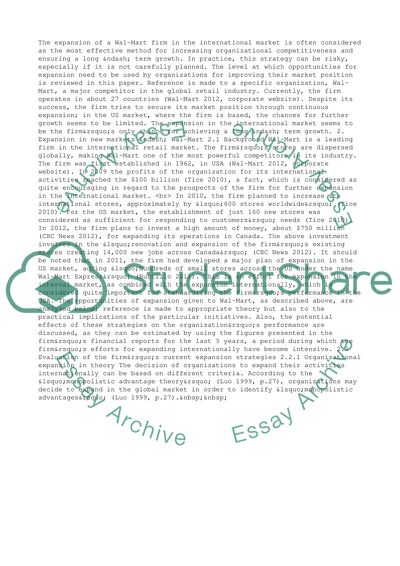Cite this document
(“Opportunity for Expansion - the Case of Wal-Mart Essay”, n.d.)
Opportunity for Expansion - the Case of Wal-Mart Essay. Retrieved from https://studentshare.org/business/1446827-opportunity-for-expansion
Opportunity for Expansion - the Case of Wal-Mart Essay. Retrieved from https://studentshare.org/business/1446827-opportunity-for-expansion
(Opportunity for Expansion - the Case of Wal-Mart Essay)
Opportunity for Expansion - the Case of Wal-Mart Essay. https://studentshare.org/business/1446827-opportunity-for-expansion.
Opportunity for Expansion - the Case of Wal-Mart Essay. https://studentshare.org/business/1446827-opportunity-for-expansion.
“Opportunity for Expansion - the Case of Wal-Mart Essay”, n.d. https://studentshare.org/business/1446827-opportunity-for-expansion.


